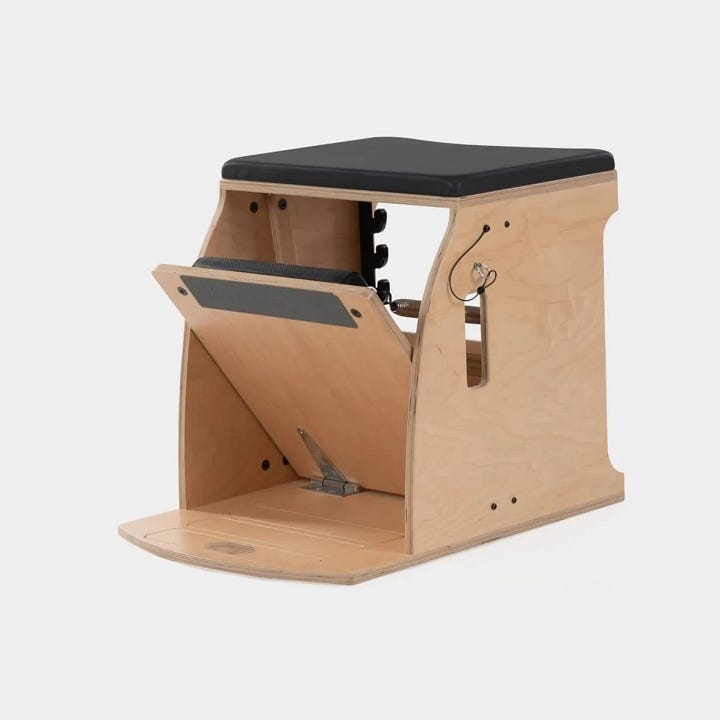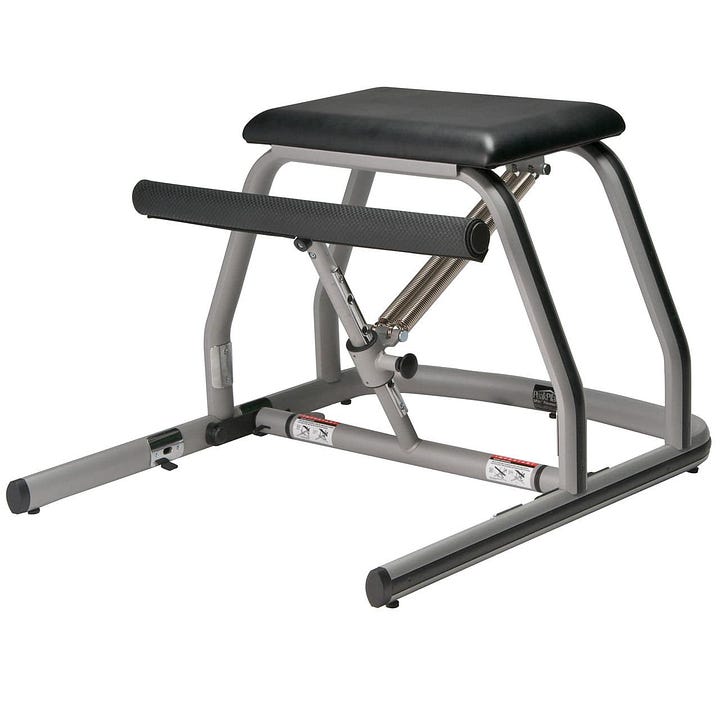Fundamentals of the Pilates Method
The Pilates Method is a low-impact exercise system that focuses on strengthening muscles, improving flexibility, and enhancing postural alignment. Developed by Joseph Pilates in the early 20th century, it combines elements of yoga, ballet, and calisthenics. Pilates is centered around six core principles:
Concentration: Full mental focus is essential to ensure proper form and muscle engagement.
Control: Every movement is deliberate and controlled to avoid injury and maximize effectiveness.
Centering: The body’s core (abdominals, lower back, and hips) is the foundation for all movements.
Precision: Emphasis is placed on executing each movement accurately rather than with high repetition.
Breathing: Deep, coordinated breathing supports movement and helps activate the core muscles.
Flow: Movements are fluid and continuous to promote graceful transitions and body awareness.
Pilates exercises can be performed on a mat or specialized equipment like the Reformer, Cadillac, and Wunda Chair, which add resistance and help with alignment. Many people practice Pilates to improve core strength, balance, posture, and body awareness, making it popular among athletes, dancers, and anyone seeking a mindful, full-body workout.
So, the description above is what everyone loves, but guess what? It skips the most crucial part: Oppositional Movement which ties together all of these elements which sound good but are way beyond most exercisers ability.
Back in the day—before the Pilates apocalypse hit about 12 years ago—when individual teaching reigned supreme, an experienced instructor would physically guide you so you’d actually feel how to stabilize your torso (not just the "core" that Instagram influencers keep talking about). But today? Nearly all Pilates classes are Reformer Pilates, which, spoiler alert, isn’t Pilates. But hey, the public loves it! Why? Simple:
They get to be in a group (12 Reformers per class—because why not?)
They can listen to Taylor Swift while pretending to work out
They get cheered instead of critiqued (which was the whole point of learning it properly)
Having been a client for 60 years, I can confirm with 100% certainty that music was not part of the experience. You weren’t there to vibe; you were there to work. And let’s not forget—group Pilates Matwork classes? Not a thing. That’s actually why TYE4® was invented—to provide an "apparatus" for Matwork, standing exercises, and even circular movements.
Let’s get this straight once and for all: PILATES IS APPARATUS-BASED.
There are only 10 spinal movements in existence—whether it’s Pilates, Yoga, Barre, fitness, or whatever TikTok’s pushing this week. What makes Pilates Pilates is its machines that enable oppositional movement.
And don’t get me started on this whole "Classical vs. Contemporary" debate. There’s only Pilates.
The whole "Classical" thing was born on October 19, 2000, when Judge Cedarbaum of the Southern District Court of Manhattan said, “Yeah, no, Pilates isn’t a trademark anymore.” The only real difference between "Classical" and "Contemporary" is the apparatus.
Classical Pilates sticks to a restrictive 4-spring Reformer and the Wunda Chair (a completely useless contraption that got rightfully replaced by the MVE®).
Meanwhile, Pilates as a whole is booming—growing at 15% per year, with over 12 million people now preferring it. And you know what’s going to make that number explode? Ozempic and Mounjaro.
Why?
Because when you’re suddenly way skinnier and need to build strength without doing burpees, Pilates will be waiting.


“Joe thanks for making a smaller apparatus! It’s so much easier to use than the huge reformer and the Cadillac and even the barrels. But really Joe, you know geometry, so you know the base should be a triangle, not a square, and the frame should be open so we can wrap our limbs around it.” — The Elders
P.S. The Elders who were the people who served on the Institute for the Pilates Method Advisory Board in 1991 including Romana Kryzanowska, Ron Fletcher, Bruce King, Eve Gentry, Carola Trier and Kathy Grant never said anything that would help Joe because all they thought about was repairing their own bodies.


Is Oppositional Movement good for repetitive muscle movements that lead to pain (e.g. a baseball players rotary cuff)?